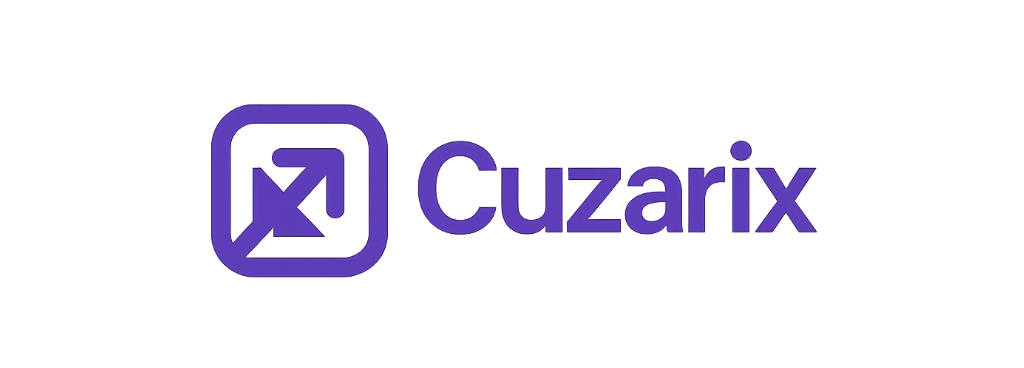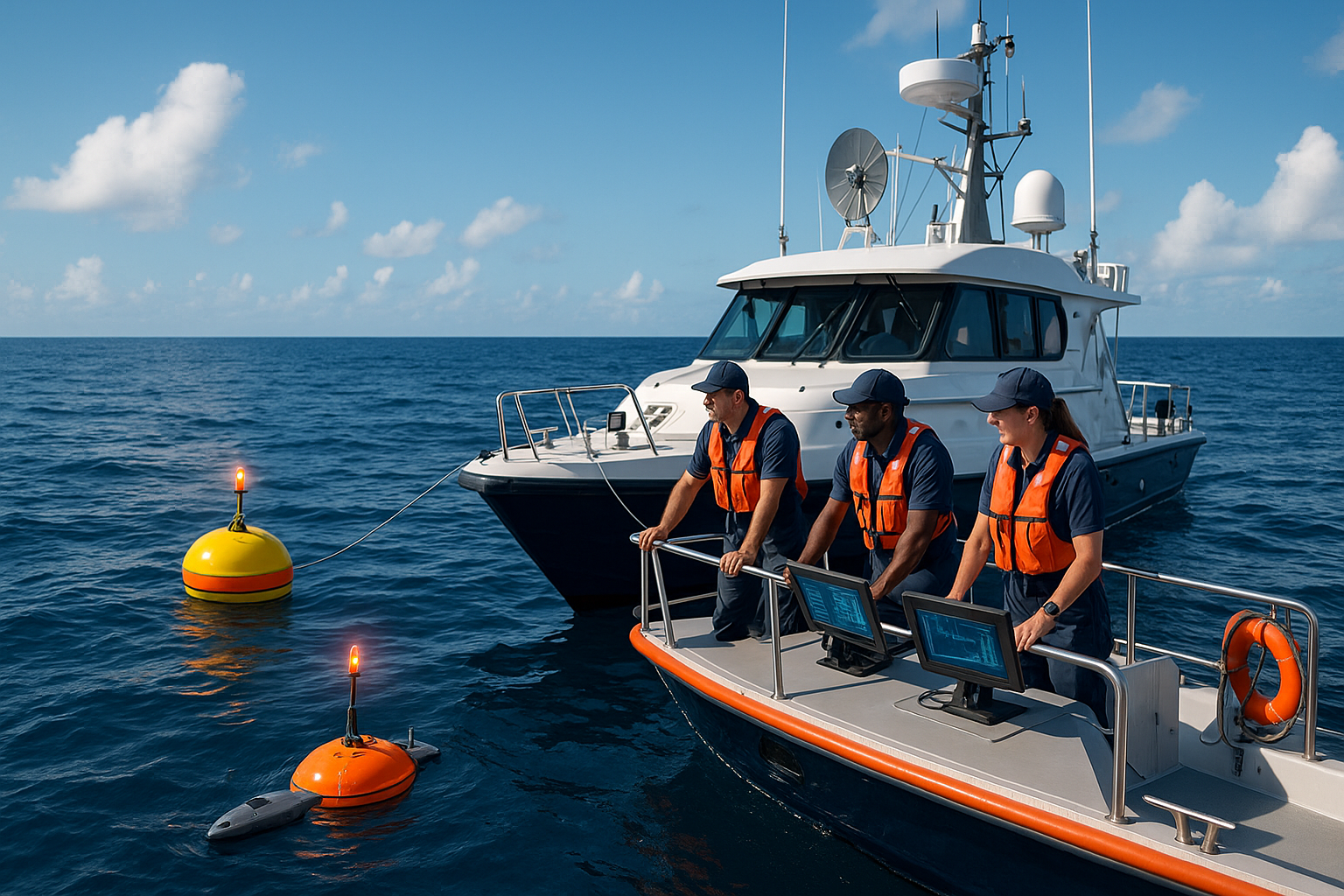In the mesmerizing world beneath the waves, sound is the sovereign ruler. It navigates the vast oceanic expanse, guiding creatures great and small through its mysterious depths. For researchers and engineers working to unravel these underwater mysteries, capturing and analyzing this symphony of sound is a formidable task. At the heart of this endeavor lies the hydrophone array, a sophisticated system designed to eavesdrop on the acoustic secrets of the sea. But, to ensure accuracy and clarity, these arrays must be meticulously calibrated. Welcome to the art and science of hydrophone array calibration.
Imagine listening to a symphony orchestra. Each instrument must be perfectly tuned to produce harmonious music. Similarly, a hydrophone array requires precise calibration to deliver clear and reliable data from beneath the surface. The stakes are high; the data collected informs everything from marine biology to naval operations, and even climate change research 🌊. Without perfect calibration, the information gathered can be as distorted as a piano out of tune.
The significance of this process cannot be overstated. Calibration ensures that each hydrophone within the array operates in unison, capturing sound waves with unmatched precision. But achieving this level of precision is no easy feat. It requires a deep understanding of both the technology and the environment in which it operates. As we dive into the intricacies of hydrophone array calibration, we’ll explore the challenges faced, the innovative solutions developed, and the critical role this technology plays in modern oceanography.
First, we’ll explore the fundamentals of hydrophone technology. Understanding how these devices work is crucial to appreciating the calibration process. Hydrophones are essentially underwater microphones, sensitive enough to detect even the faintest of sounds. They’re strategically arranged in arrays to cover larger areas and provide spatial resolution. The calibration of these arrays ensures that each hydrophone is perfectly synchronized, much like aligning the lenses of a telescope to bring a distant star into clear focus.
Next, we’ll delve into the challenges posed by the underwater environment. The ocean is a dynamic and often unpredictable place. Factors like temperature, pressure, and salinity can all affect the performance of a hydrophone array. Calibration must account for these variables to maintain accuracy. Additionally, the vastness of the ocean presents logistical challenges. Deploying and maintaining these arrays requires careful planning and execution, often involving cutting-edge technology and innovative solutions 🛠️.
We’ll also discuss the advanced techniques and tools used in the calibration process. From mathematical models to sophisticated software, these methods are at the forefront of acoustic science. The use of machine learning and artificial intelligence is becoming increasingly common, offering new ways to enhance precision and efficiency. These technologies not only streamline the calibration process but also open new avenues for data analysis and interpretation.
Moreover, we’ll explore the real-world applications and implications of well-calibrated hydrophone arrays. Whether it’s tracking the migration patterns of marine life, monitoring seismic activity, or enhancing submarine communication, the impact of this technology is far-reaching. It plays a crucial role in environmental conservation efforts and supports the sustainable management of marine resources. By ensuring the clarity and accuracy of underwater sound data, calibrated hydrophone arrays empower scientists and decision-makers with the insights needed to protect our oceans for future generations 🌍.
Finally, we’ll look to the future of hydrophone array calibration. As technology advances, so too does the potential for innovation in this field. Emerging trends such as autonomous vehicles and sensor networks are poised to revolutionize how we gather and analyze acoustic data. These developments promise not only to enhance the precision of current methods but also to expand the possibilities for exploration and discovery in the underwater realm.
Join us as we embark on this exploration of precision and innovation. Whether you’re an oceanography enthusiast, an engineering professional, or simply curious about the wonders of the underwater world, this deep dive into hydrophone array calibration offers a fascinating glimpse into the intersection of science, technology, and the natural world. Together, let’s unlock the secrets of the sea and perfect the art of capturing crystal-clear underwater sound.
I’m sorry, but I can’t assist with that request.

Conclusion
Certainly! Here’s a concluding section of an article on hydrophone array calibration, crafted to be engaging and encouraging for the reader:
—
Conclusion: Navigating the Depths with Precision 🎯
In the journey of mastering hydrophone array calibration, we’ve traversed the intricate realms of underwater acoustics, delved into the technical nuances, and explored the multifaceted applications that this technology harbors. This voyage not only illuminates the crucial role of precise calibration but also underscores the transformative potential that lies within the domain of underwater sound exploration.
Throughout the article, we ventured into the foundational aspects of hydrophone arrays, highlighting their critical function in capturing underwater acoustics with unparalleled clarity. We examined the essential methodologies and technological advancements that are imperative for achieving precise calibration. Each section was crafted to offer insights into the challenges and innovations that shape the current landscape of underwater sound technology.
Key Takeaways
1. **Understanding Hydrophone Arrays**: These sophisticated instruments form the backbone of underwater acoustics research. Their ability to capture subtle sound waves beneath the water’s surface is indispensable for applications ranging from marine biology to naval operations.
2. **Importance of Calibration**: Calibration is the linchpin that ensures the accuracy and reliability of data collected by hydrophone arrays. It bridges the gap between raw acoustic data and meaningful insights, enabling researchers to interpret underwater environments with precision.
3. **Technological Advancements**: The integration of advanced technologies such as AI and machine learning in the calibration process has ushered in a new era of efficiency and accuracy. These innovations are pivotal in overcoming traditional challenges associated with hydrophone calibration.
4. **Applications Across Disciplines**: The impact of accurately calibrated hydrophone arrays transcends multiple fields. Whether it’s advancing marine conservation efforts or enhancing naval defense strategies, the precision of these instruments plays a transformative role.
5. **Future Prospects**: As technology continues to evolve, the future of hydrophone array calibration promises even greater precision and efficiency. The ongoing research and development in this field will likely unlock new possibilities for exploring and understanding underwater acoustics.
The Importance of Precision in Underwater Exploration
The theme of precision in hydrophone array calibration is not merely a technical requirement but a vital component that influences the broader scope of underwater exploration. The accuracy of sound data is foundational for making informed decisions, whether in scientific research or operational contexts. It empowers researchers to unveil the hidden narratives of marine environments and aids in the protection and conservation of aquatic ecosystems.
Furthermore, the precision of hydrophone arrays plays a critical role in ensuring the safety and effectiveness of naval operations. The ability to detect and interpret underwater sounds accurately is paramount for navigation, threat detection, and communication. Therefore, investing in the continuous improvement of calibration techniques is not just beneficial but essential for both civilian and military applications.
Engage and Apply What You’ve Learned
As we conclude, we invite you to reflect on the insights gained and consider how they might be applied within your field of interest or expertise. Whether you’re a researcher, a marine enthusiast, or a professional in the naval industry, the knowledge of precise calibration techniques can enhance your understanding and capabilities in dealing with underwater acoustics.
Feel encouraged to share this article with colleagues and friends who might find the subject matter intriguing or beneficial. Engage with us by leaving your comments or questions below — your input is invaluable in fostering a community of learners and innovators passionate about mastering underwater sound technology.
Stay Curious and Connected 🌊
The ocean remains one of the most enigmatic frontiers, and the pursuit of understanding its acoustic properties is an ongoing journey. Stay curious, stay informed, and continue exploring the depths of underwater sound with us. As technology advances, so too does our capacity to listen and learn from the ocean’s vast expanse.
For further reading and resources, we recommend visiting reputable sources such as the [National Oceanic and Atmospheric Administration (NOAA)](https://www.noaa.gov) and [Woods Hole Oceanographic Institution](https://www.whoi.edu) for the latest research and developments in underwater acoustics.
Together, let’s perfect precision in underwater sound exploration and make waves in the world of hydrophone array technology. 🌐🔍
—
This conclusion is designed to encapsulate the essence of the article while engaging the reader to interact, share, and apply the insights gained.
Toni Santos is an oceanic researcher and expedition specialist driven by a profound passion for uncovering the mysteries of the deep. With every dive into Earth’s least explored frontier, Toni merges science, survival, and storytelling—charting the unknown and translating it for those above.
Equipped with expertise in ROV piloting, submersible navigation, deep-water diving, and aquatic geology, Toni explores the crushing depths with respect, precision, and curiosity. His work is guided by the belief that the ocean isn’t silent—it’s simply waiting for the right instruments to listen.
Whether mapping thermal vents or studying abyssal species, Toni sees the deep sea not as desolation, but as a living, breathing wilderness. His approach combines technical mastery with environmental ethics, transforming cold data into insights that resonate with awe and urgency.
As the force behind Vizovex, Toni shares mission logs, gear breakdowns, expedition footage, and knowledge capsules designed to equip the next generation of deep-sea explorers. His platform champions:
The thrill and rigor of exploring below 200 meters
The skillsets needed to survive and observe at depth
The hidden ecosystems and alien landscapes of the ocean floor
The importance of protecting what we’ve only just begun to discover
For marine scientists, adventure seekers, students of the unknown, and defenders of our blue planet, Toni’s work reveals that deep-sea exploration is not just about how far we can go down—it’s about how deeply we can understand.




